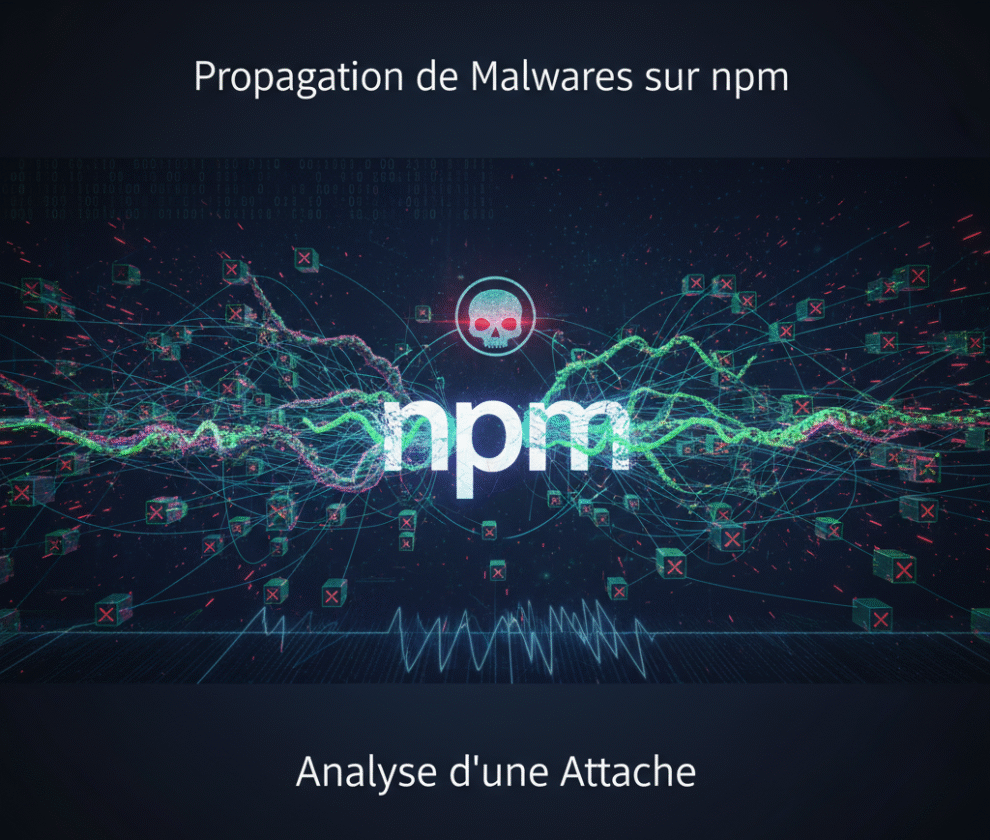Introduction
The world of software security faces a constant battle against emerging vulnerabilities. Recently, a critical flaw, CVE-2025-9902, has been uncovered in the QRMenu software developed by AKIN Software Computer Import Export Industry and Trade Co. Ltd. This alarming vulnerability, categorized as an “Authorization Bypass Through User-Controlled Key,” highlights just how important safeguarding systems from unauthorized access is for businesses worldwide.
In this article, we delve into the specifics of CVE-2025-9902, analyze its potential impacts, and discuss actionable strategies to mitigate risks. By understanding this vulnerability, users of QRMenu and similar platforms can take steps to protect their systems effectively.
What Is CVE-2025-9902?
CVE-2025-9902 stands out as a significant software vulnerability that allows attackers to exploit user-controlled keys to bypass authorization protocols. Found in QRMenu version 1.05.12 (prior to the update released on 05.09.2025), this security flaw has been rated a high-severity issue with a CVSS v3.1 score of 7.5, underscoring its potential for harm.
At its core, this vulnerability stems from improper authorization management. It allows unauthorized users to gain access to sensitive features or data by exploiting poorly secured keys, putting organizations at substantial operational and security risk.
Understanding the Risks
The implications of such a vulnerability are grave, particularly in environments exposed to the internet or with lax access controls. Below are some of the key risks:
- Data Confidentiality Breach: Unauthorized access to sensitive or private information.
- Data Integrity Issues: Unauthorized modifications to existing data or system configurations.
- Privilege Abuse: Exploitation of higher-level privileges for fraud or malicious activities.
Businesses using QRMenu should waste no time in assessing their exposure to these risks and implementing safeguarding measures immediately.
Which Organizations Are At Higher Risk?
Some organizations are particularly vulnerable due to their reliance on interconnected digital systems. These include:
- POS Environments: Point-of-sale terminals, often connected to the internet and protected by insufficient security measures, can be entry points for exploitation.
- Interactive Kiosks: Public-facing devices with weak network configurations are especially susceptible.
- Remote Management Interfaces: These interfaces allow attackers to enumerate services and exploit vulnerabilities effectively.
Such examples highlight the need for proactive risk management to counter targeted cyberattacks.
How to Detect Exploitation Attempts
To minimize potential damage, organizations must monitor their systems vigilantly for signs of exploitation. Here are some practical detection techniques:
- Look for repeated privilege escalation attempts from unauthorized users.
- Track unusual access patterns in logs, especially related to sensitive APIs and control functions.
- Enable monitoring for suspicious key usage or unexpected API calls.
By strengthening network monitoring, security teams can act swiftly to address potential breaches in real time.
Solutions to Fix or Mitigate the Vulnerability
Tackling a critical threat like CVE-2025-9902 requires a multi-pronged approach. Here’s what organizations should do:
- Apply the Patch: Ensure QRMenu is updated to the latest version, incorporating the fix released on 05.09.2025 without delay.
- Harden Key Validation: Strengthen the implementation of user-controlled keys to prevent unauthorized system access.
- Implement Network Restrictions: Use firewalls and allowlist IP ranges to curtail unnecessary access to key systems.
- Conduct Access Audits: Enable detailed logging and behavioral anomaly detection to identify unauthorized activities promptly.
These steps are critical to maintaining system security and safeguarding sensitive information from malicious actors.
Conclusion
CVE-2025-9902 serves as a stark reminder of the vulnerabilities that accompany the digital age. While QRMenu is specifically affected in this instance, the lessons learned are applicable to all sectors where cybersecurity is paramount. By understanding the mechanics of this flaw, evaluating your organization’s risk exposure, and taking action to mitigate its effects, you can significantly bolster your defenses against potential cyber threats.
If you need professional guidance, Lynx Intel is here to help. Our team of cybersecurity experts specializes in identifying, mitigating, and preventing vulnerabilities across industry-standard platforms. Reach out to us today to ensure your systems are adequately secured against emerging threats.


